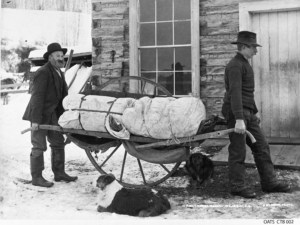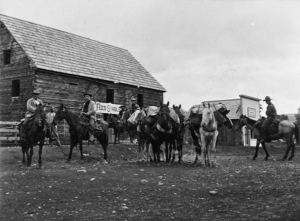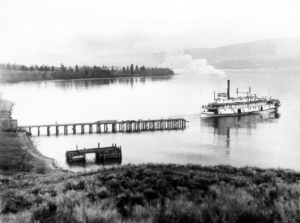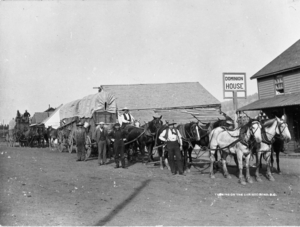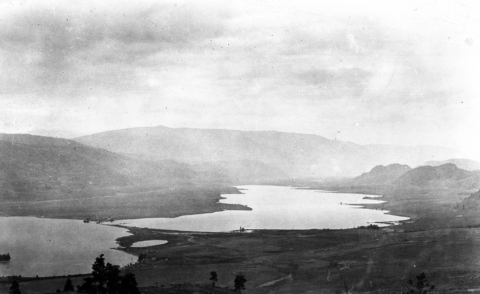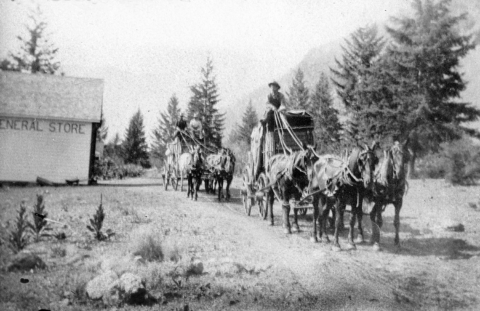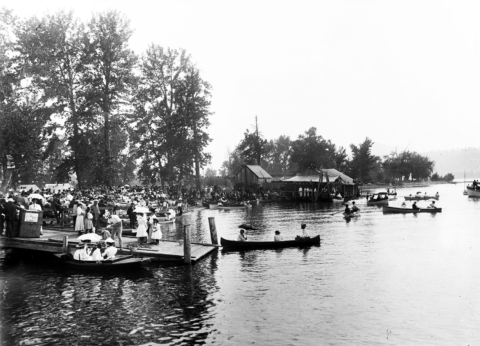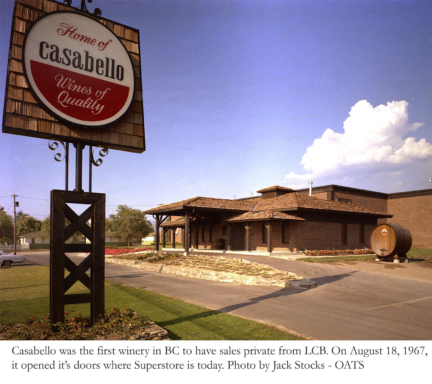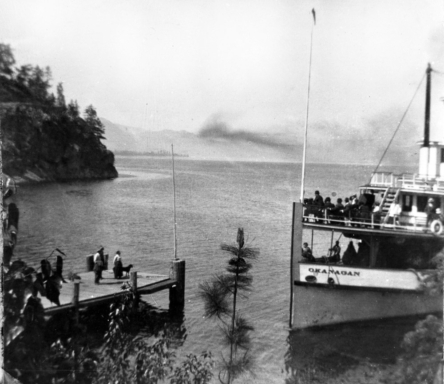A Lasting Legacy of Platinum Photographs
Archibald Murchie came from England to the new world with his Brother, Thomas, in the late 1880’s. Thomas Murchie set out to bring the Aristocracy of Victoria, tea. Archie on the other hand, set out to bring the masses God.
By 1895, Archie had a small photography studio in New Westminster where he tried to make ends meet with his craft. He was an expert with platinum printing processes. The process created a image that would not fade and lasts forever.
In the evenings he would attend the Spiritualist Church, a strange outcast of the Church of England. There in the congregation he met Sam Smith, the man who would change his life.
Mr. Smith worked for Waddell and Hendrick, famed North American bridge builders and structural Engineers. As a matter of fact, Sam worked for the most famous of all suspension bridge designers, James A. L. Waddell of Kansas City. Even in modern times Mr. Waddell is thought of as the Father of the Wonders of Engineering.
Sam had just finished the suspension bridge over the Fraser River at Churn Creek and had been called to do a survey for a bridge near Chimney Creek at William’s Lake on the Cariboo Trail. In 1901, Sam asked if Archie would come along and photograph the entire construction from start to finish. Archie agreed as he could document the trip up the Fraser River and bring God to the local population. The pair stayed in the Cariboo while all the studies and surveys were done. Archie set up a studio in Yale as their headquarters but traveled between Yale and Quesnel often, to photograph life on the Gold trails.
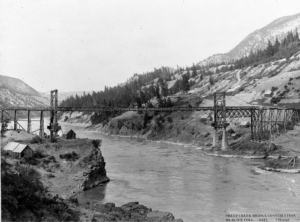
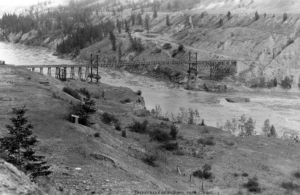
Construction of the Sheep Creek Bridge to Bella Coola 1904
The bridge was completed in 1904 with a final cost of $65,000, nearly double the original estimate; and Archie photographed it all. His views remain a testament to the wonders of J.A.L. Waddell’s engineering talent and to life in the Chilcotin.
The famous Trundle-barrow photo Murchie is second from left in Princeton
Archie loved the area so much that he stayed a few more years in Ashcroft where he operated a studio and preached the Gospel. He was fortunate to take photos of the last camel and even ran into Emily Carr and photographed her.
He stayed until 1907, when he got an offer from Presbyterian Reverend Cameron in Keremeos. They had met a few years back in the Cariboo and both were accomplished photographers. Cameron offered Murchie his own parish. The good Reverend was trying desperately to minister to three areas in the Similkameen Valley. Cameron offered Murchie the Princeton parish. Cameron could then concentrate on his churches in Fairview and Hedley.
The SS Okanagan at Westbank wharf 1908 Hauling to the Cariboo at Clinton 1905
Murchie took his camera and his bible to the goldfields of Tulameen and Granite Creek and produced some of the finest chronicles of mining history that exist today. Many remain as the foundation of Princeton Museum’s mining archive.
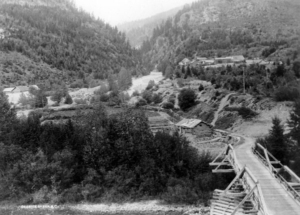
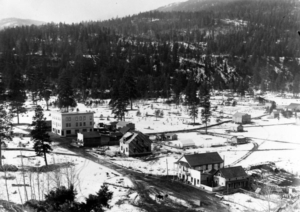
Granite Creek on the Tulameen River 1908 The town of Tulmeen
But Princeton was a sanctuary for the worst gathering of brigands and thieves. Bill Miner hid out there after his train robbery. Archie couldn’t get through to many miners and citizens of the area. He was getting old and tired. So he left in 1910 and purchased a small section of property in Glenco, which was to become Glenrosa in West Kelowna. (close to where Gorman’s Mill is today) Just after his 65th birthday, he married a local widow and tinkered with farming and photography. He pass away in 1930 and his wife quickly married again and memory of him and his work faded.
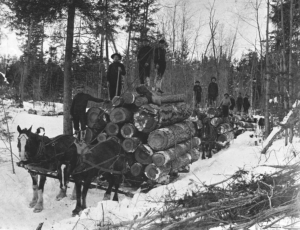
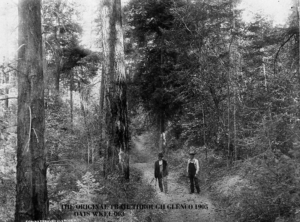
Hauling logs through Glenrosa 1910 The road through Powers Creek in Glenco
His work was saved in being that his glass plates were discovered by Helen Gorman, a local school teacher from a pioneer family. She saw the value in the images she salvaged. I met her on the urging of Una Hughes who had been a neighbour of Murchie’s as a child. She had several platinum prints of his views. Helen showed me a huge box of glass plates that were salvaged from a leaky chicken house. She had stopped a neighbour from scraping off the emulsions to use the glass in a greenhouse.
This collection is in the care of Okanagan Archive Trust Society today.

